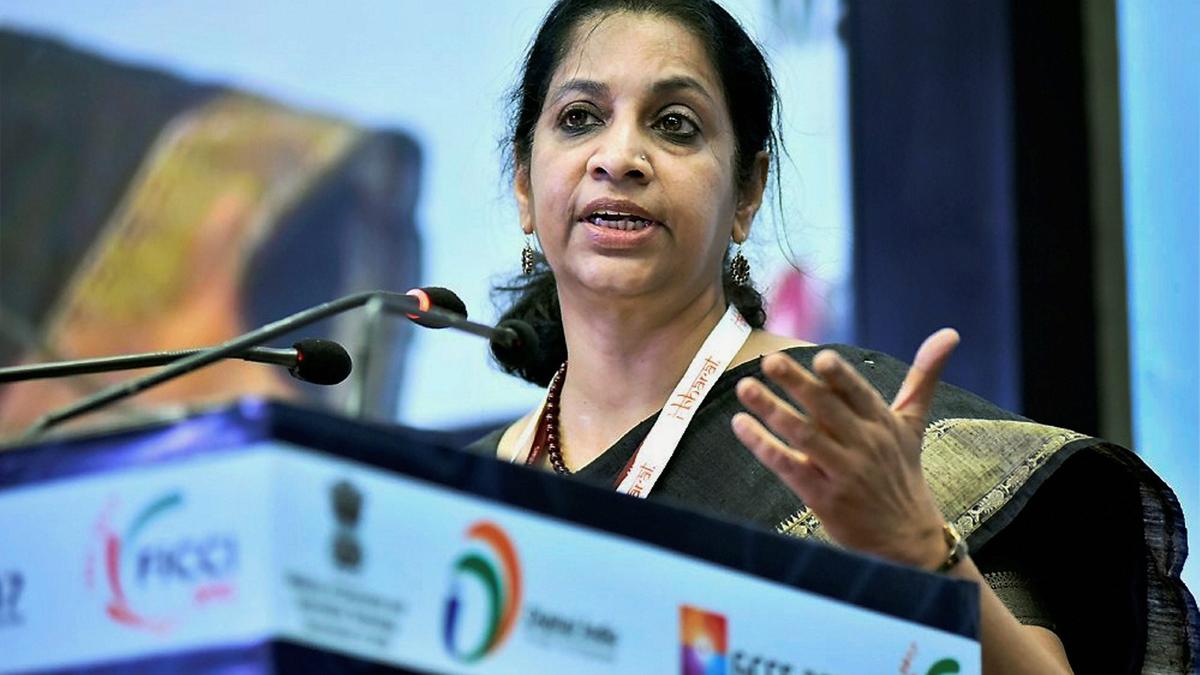A former Union Secretary of Electronics and IT, Aruna Sundararajan said that India need more undersea cables to carry the bulk of international internet and telecom traffic to and from India. File
| Photo Credit: PTI
More undersea cables are needed to carry the bulk of international internet and telecom traffic to and from India, experts said on Wednesday (March 26, 2025).
“India’s share of subsea cable landing stations presently constitutes 1%” of the world’s total, said Aruna Sundararajan, a former Union Secretary of Electronics and Information Technology who is presently chairperson of the Broadband India Forum (BIF), an industry body for big tech firms and internet service providers operating in India.

“India should rightfully have ten times the number of existing cable landing stations and four- to fivefold capacity of sub-sea cables as we go forward,” Ms. Sundararajan added, speaking at a BIF event on sub-sea cable deployments.
Cable protection zones
Sonia Jorge, founder and executive director of the Global Digital Inclusion Partnership, said that India would do well to protect the cables it already has. India needs to implement “cable protection zones,” Ms. Jorge said, to protect portions of cables near the coast from fishing activities.
“In our internal estimate, at least 11 out of the 17 cables [landing in India] are at economic end-of-life today,” said Amajit Gupta, CEO of Lightstorm, an internet infrastructure firm. “Physical end-of-life could be 25 years and that really poses a challenge and shows the asymmetry of this infrastructure relative to the growth that we aspire to.”
Unused coastline
Mr. Gupta pointed out that even though two-thirds of India’s borders are coastal, “95% of cables land in a six-kilometre stretch in Versova in Mumbai,” some of the most expensive real estate in the country. More cables needed to be installed for redundancy, he said.

“If there is an incident in the Red Sea” — where several cables pass through a narrow opening in the Bab al-Mandab Strait — “India can lose 25% of its bandwidth,” he added. “That’s not just theory, it happened two years ago,” when Houthi rebels attacked that infrastructure, he said.
“We also need to think about threats in the Malacca Strait,” he warned, referring to another cable choke point connecting the Indian Ocean and the South China Sea. “All our internet either enters through the west or through the east, irrespective of how good the infrastructure locally is.”
Published – March 26, 2025 11:21 pm IST
